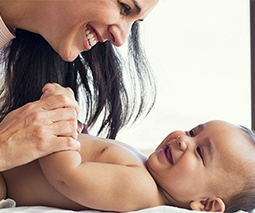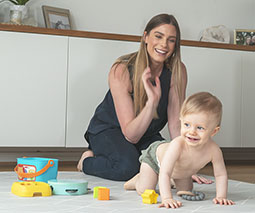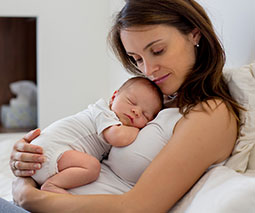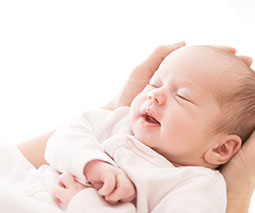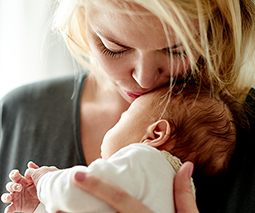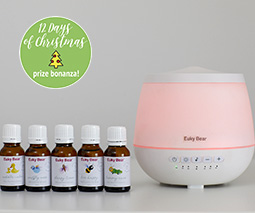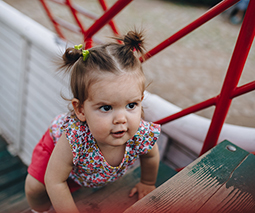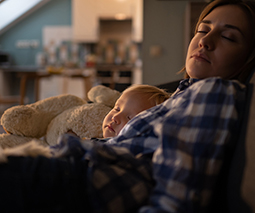8 common causes of crying in babies and newborns
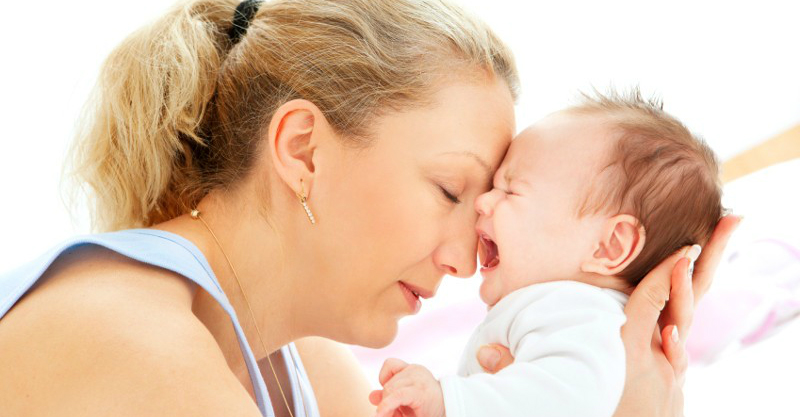
Babies can’t talk, but they sure can cry – and sometimes it seems like that’s just about all they do! No parent wants their child to be upset – but it can be very difficult at times to work out what the problem might be. We’ve put together a list of suggestions to help you solve the question of what’s going on, behind the tears.
There’s nothing more precious to us at Babyology than the health and wellbeing of our children, which is why we’re so excited about a brand new section of our site devoted to health. We’re kicking things off with lots of helpful articles about children’s health and development. We hope they’ll be useful to you day to day as you care for your family.
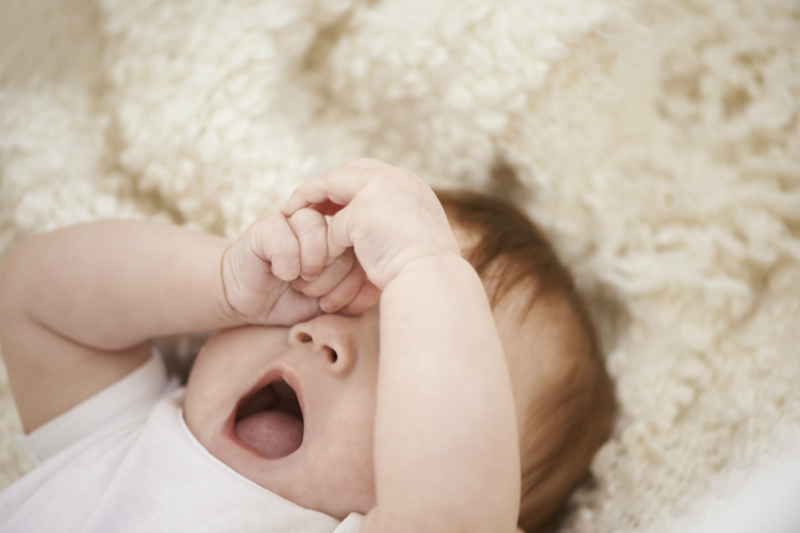
1. Tiredness
One of the first and most helpful questions we can ever ask when faced with a crying baby, and one which you’re sure to ask yourself plenty of times in your parenting journey, is: “Is he just tired?” Tiredness, without a doubt, is the top cause of crying in babies – even the kind of crying which seems to us, well, just a bit extreme! And although it seems like it should be easy to work out when your baby is tired, and deal with it before it gets out of control, sometimes you really need to be paying attention. Babies seem to go from quite content to inconsolable with tiredness in about the time it takes to make a cup of tea. Good luck. Keep cuddling!
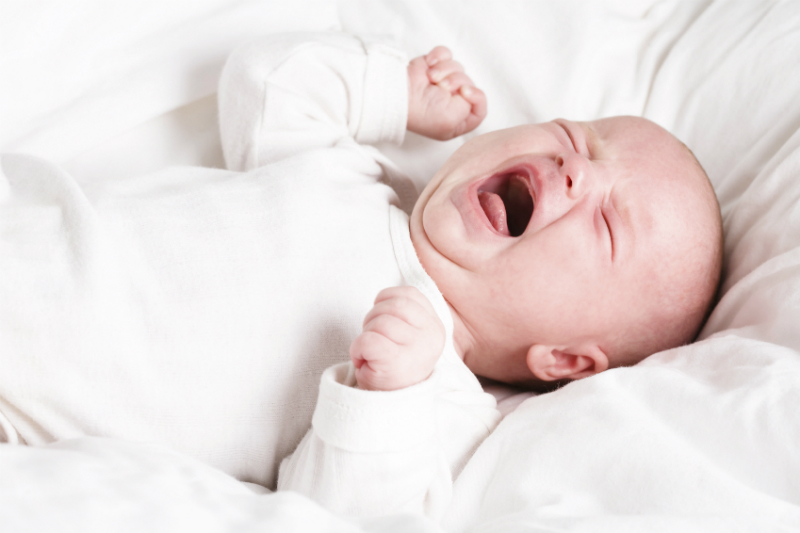
2. Colic
Take a baby who cries an average amount of time, ramp that crying up by about 50 per cent and you might have yourself a colicky baby. The good news is that colic isn’t normally a serious condition, but boy will it feel serious to your family if your baby is one of the roughly one in three who experiences it. They don’t call it the witching hour for nothing.
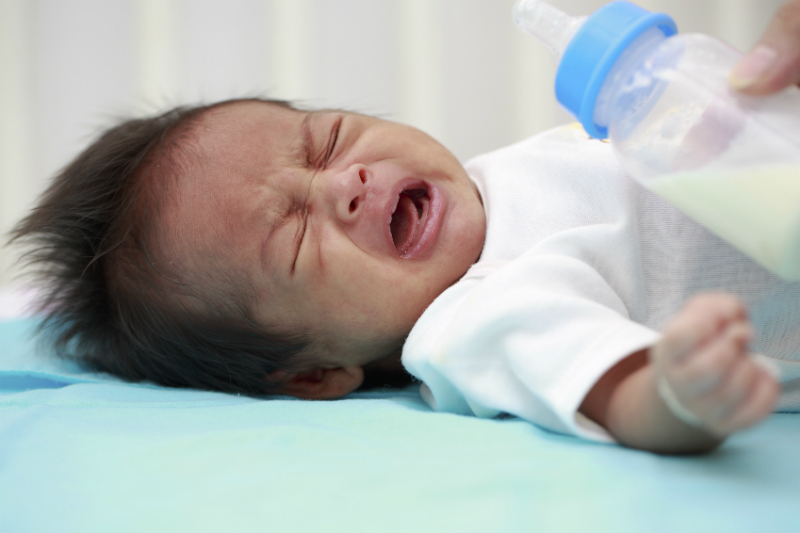
3. Reflux
If your baby’s crying is mainly focused during and after feeds, they might be suffering from reflux. Sometimes this is easy to diagnose, because as well as being in obvious discomfort, your baby will keep vomiting all over you. But silent reflux can cause equal amounts of discomfort for your baby, but without any obvious signs. If you suspect reflux, see your doctor sooner rather than later – there are very effective treatments that can make life a lot easier.
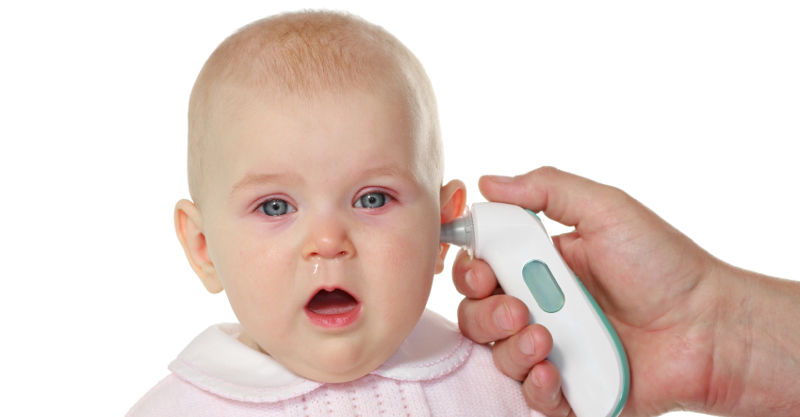
4. Fever
Could your baby be running a fever? This one is easier to diagnose! You’ll already know from your own experience that even a mild fever is enough to make you feel pretty disgusting, and babies and children tend to have higher fever spikes than adults.
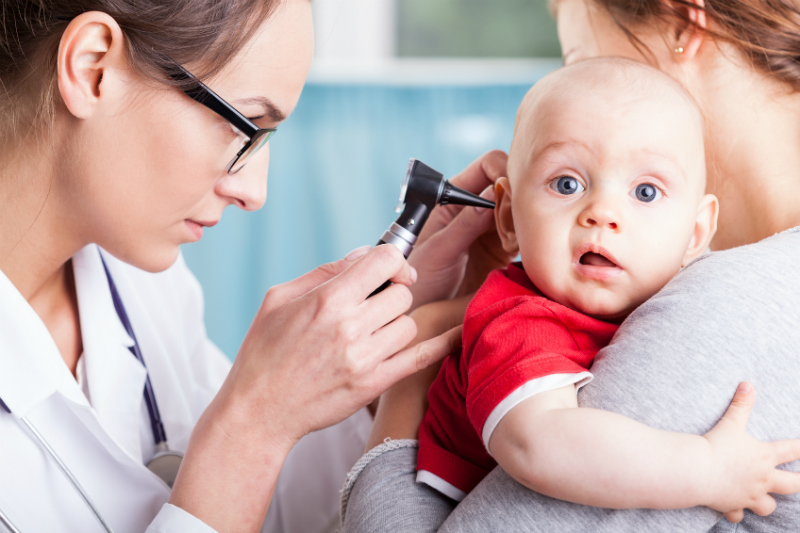
5. Earaches and ear infections
Earaches and ear infections are enough to make even adults cry, so it’s no wonder that tiny babies feel the same way. The physiology of children’s ears means that they are much more likely to develop ear infections than adults are, and ear infections and earache often go hand in hand with colds and sniffles.
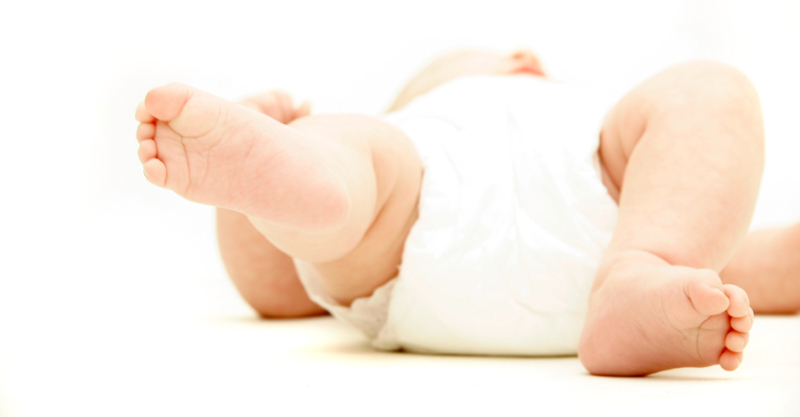
6. Skin irritation
Nobody likes to feel sore, and conditions that make your baby’s skin sore, like eczema and nappy rash, are a common cause of tears. Prevention is better than cure when it comes to conditions like these – but if it’s already too late for that and nothing seems to be working, your doctor should have a bag of tricks if you need to take your baby’s skincare to the next level.
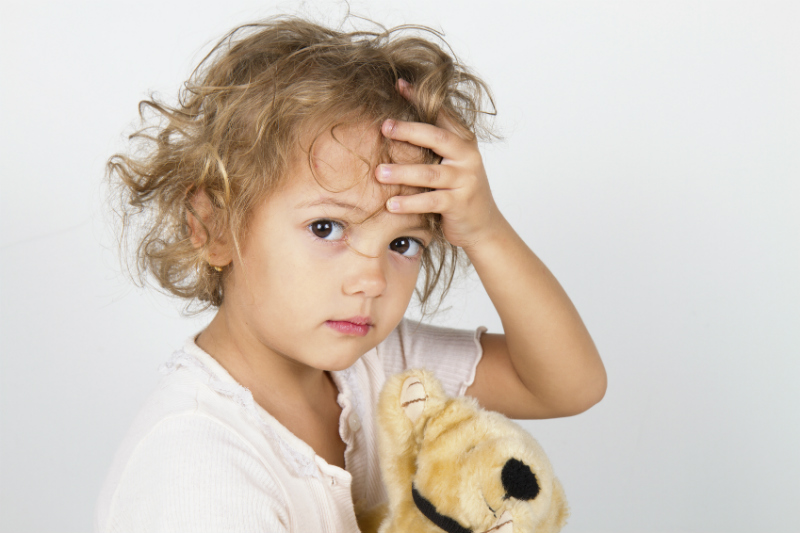
7. Headaches
Headaches! Yes, it often doesn’t occur to us, but children get them too (although they’re less likely to be caused by stress than the headache you have in the afternoon). If there’s any chance that your child has picked up a low-grade cold or sniffles, a headache could well be part of what’s going on.
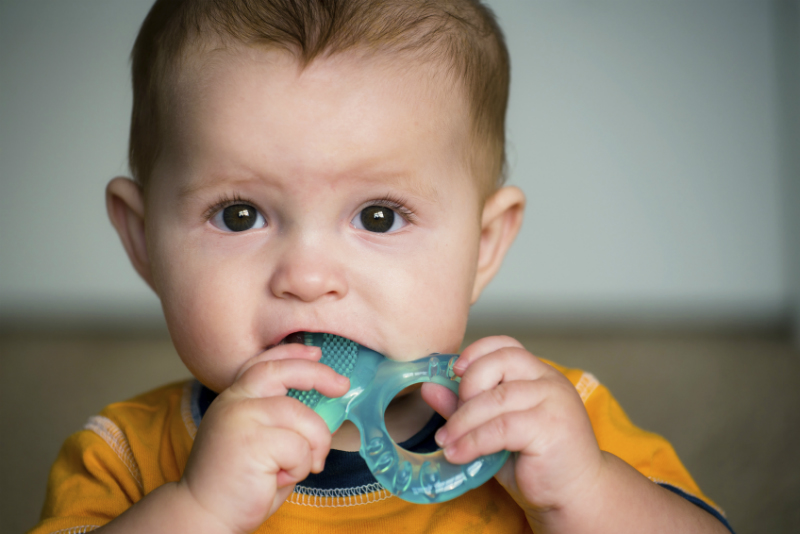
8. Teething
Could your baby be teething? From about four months, sore gums are a very common cause of grizzliness and tears in babies – and some babies may even sprout their first teeth from as young as three months! You’ll be able to feel the teeth just below the surface of your baby’s gums once they’re on their way – you can feel inside their mouth with a clean finger to check.
We’ve teamed up with Children’s Panadol to provide you with easy-to-read information covering many aspects of children’s health and development, including ways to tackle some of the reasons babies cry. We recommend the Children’s Panadol Bub Tracker App, available for free for Android and iOS, which you can use to track your baby’s feeding, sleeping and health information. It also includes the Children’s Panadol dosage calculator to assist at those times when you may need to use pain relief with your baby. And for more parenting and children’s health hacks, download The First Five Years, Children’s Panadol’s free book full of information about children aged birth to five.
(This is a sponsored post for Children’s Panadol)
